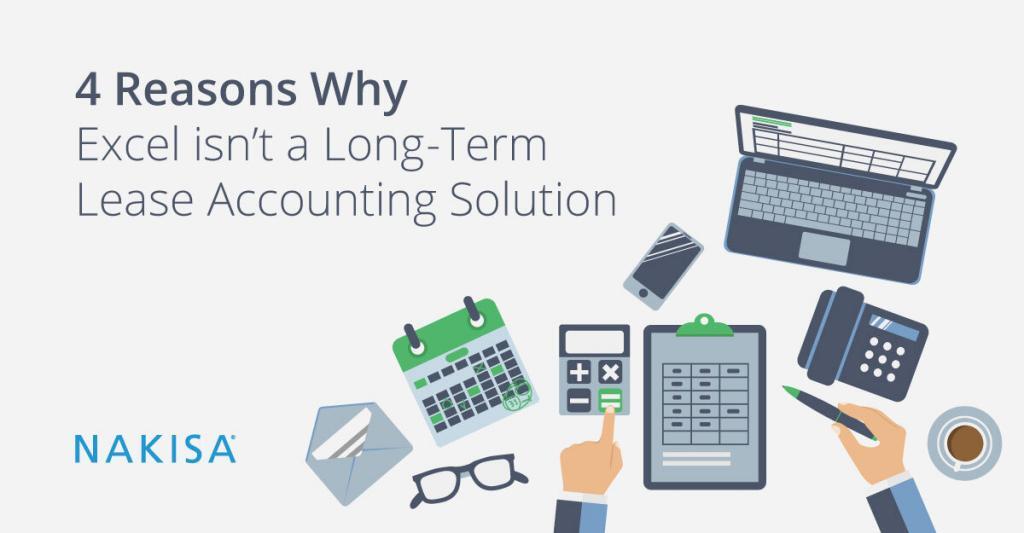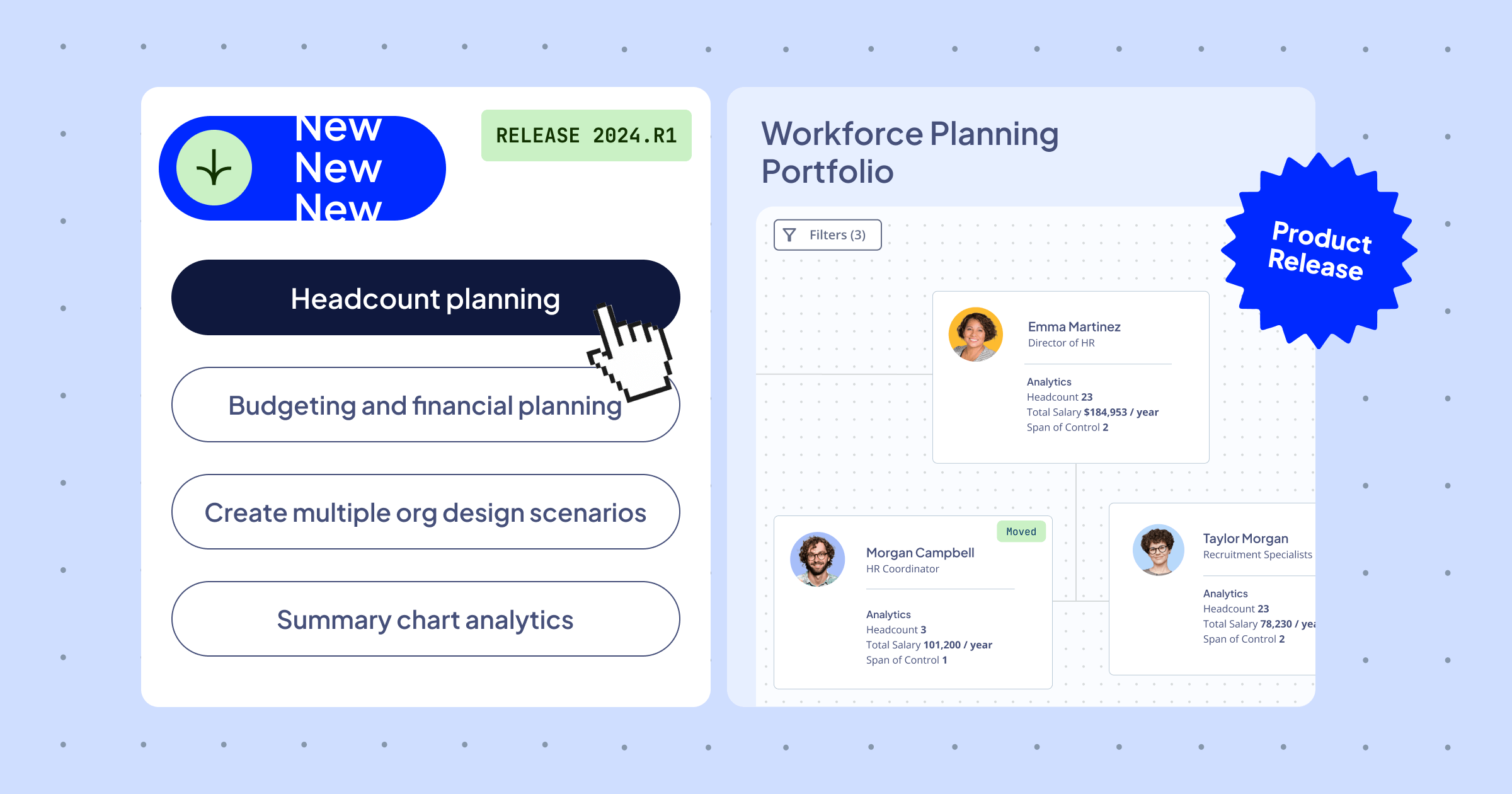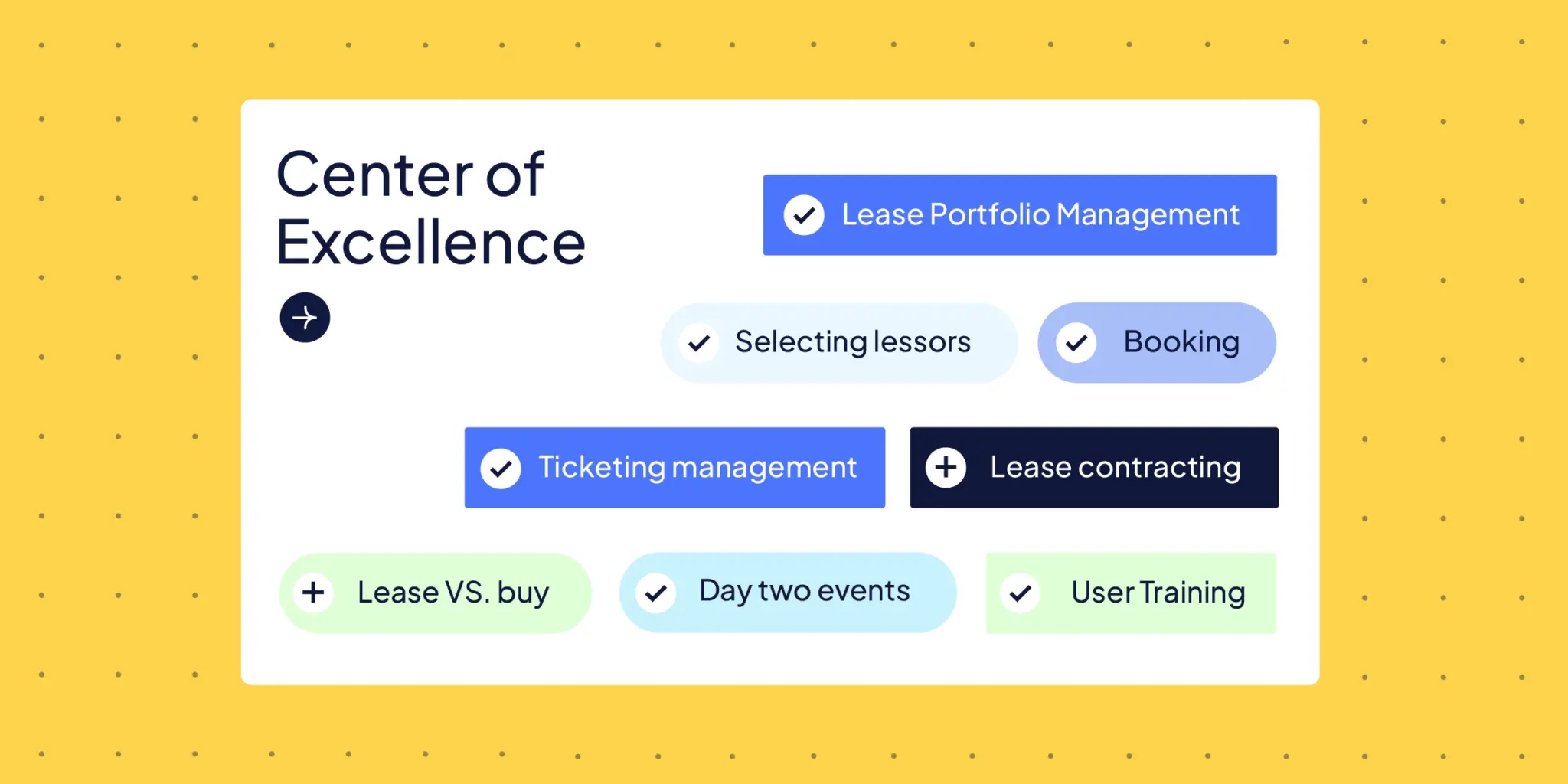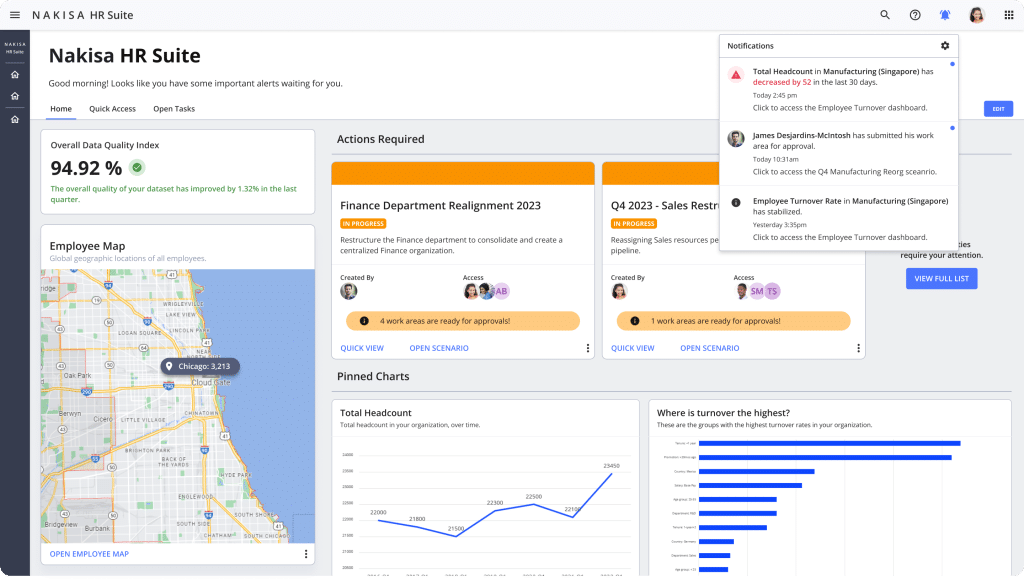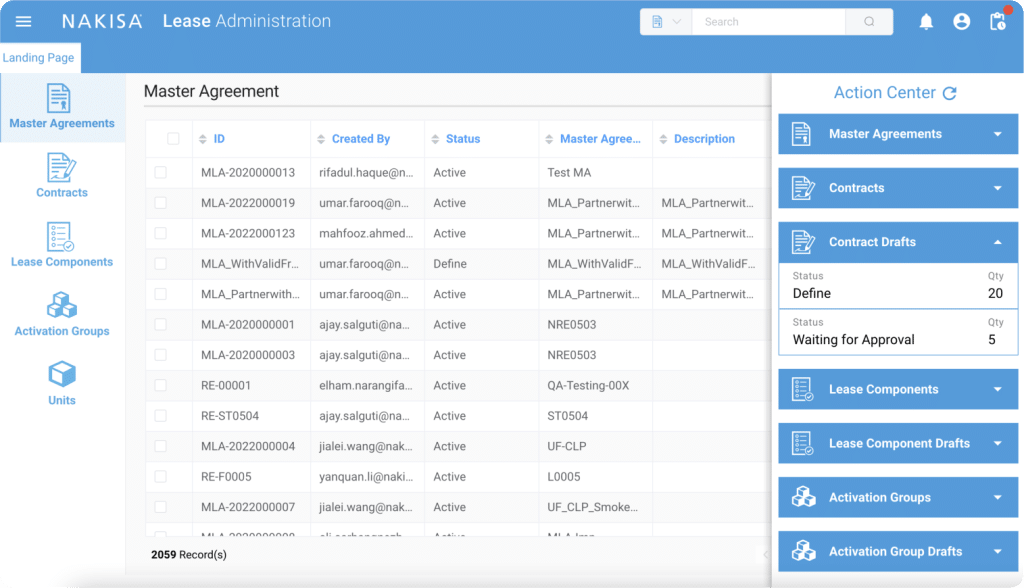A 2019 KPMG survey of organizations affected by the new IFRS 16 and ASC 842 lease accounting standards found that nearly one-third of companies in the Americas were using manual compliance strategies that relied on spreadsheets.
“It is surprising,” the report’s authors write, “how many companies are still planning to rely on spreadsheets and manual solutions. As the scale of the work required becomes clearer as projects advance, this proportion may drop. In particular, views may change as the reality strikes that lease information needs to be continually updated, with regular reassessments performed. The effort of implementing an automated system is likely to be effort well-spent.”
For companies across the world, Microsoft Excel has become a familiar and ubiquitous tool.
The accounting world, especially, has come to rely on the relative flexibility of the software to collect and calculate data.
However, every tool has its limits. Accounting teams may naturally want to test the limits of Excel—as they have before—to see if it can handle the complexities and reporting challenges presented by IFRS 16 and ASC 842. And they may soon find the limits of one of their most beloved tools.
As you look to optimize your team’s strategies for lease reporting under the new guidelines, here are 4 key reasons why Excel probably is not a long-term solution:
Data integrity and accuracy are hard to ensure.
Probably the biggest challenge in using Excel is human error. Just one typo in an overly complicated formula can completely throw off the calculations in your spreadsheet and, in turn, your reporting and strategy conclusions. In addition, most companies have multiple users inputting, analyzing, and manipulating lease data, thus using Excel as a standalone tool would render data difficult to audit and ultimately protect. Data accuracy is vital under the new Leasing guidelines. Accounting teams are taking a risk by using a tool so vulnerable to human error.
Ensuring data accuracy is just one step towards a stronger approach to lease accounting.
The truth is, your finance and accounting teams aren’t the only ones who contribute to lease accounting and management. Multiple groups—such as legal, IT, operations, and others—need to contribute to leasing data. Since Excel makes it complicated to see exactly who has made changes to a spreadsheet and when those changes were made, ensuring your lease data integrity between teams is extremely difficult.
Simple spreadsheets struggle with the complexities of the new accounting guidelines.
The goal of IFRS 16 and ASC 842 is to increase accounting transparency by capitalizing lease assets on the balance sheet. This, in turn, greatly increases the complexity of collecting and calculating lease data. At over 400-plus pages, the guidelines lay out a complex set of compliance requirements.
One of the biggest challenges is determining the difference between lease and non-lease components and understanding which components need to be combined or separated. This is something an Excel spreadsheet simply can’t do.
There are many other complex determinations required by the standards. Relying on Excel to navigate these obstacles demands an overwhelming amount of tedious, manual work.
Data security and risk mitigation are real concerns.
Data security is a key concern in any industry, especially when it comes to finance and accounting information. Surprisingly, Excel, the program relied on by accountants for nearly 30 years, offers only simple password protection. With spreadsheets passing through team members’ hands in multiple departments, the necessary sharing of passwords creates unnecessary risk.
But risk comes in other forms besides security threats.
A lack of institutional knowledge about your spreadsheets makes your team highly reliant on the person who put the spreadsheet together. If that person leaves the organization, their understanding of your lease accounting formulas leaves with them.
Risk also comes in the form of missed reporting milestones due to Excel’s lack of real-time notifications.
Excel can hinder important compliance and audit processes.
Want to understand who made decisions around lease dates and terms? Need to document and report key lease components and contract updates? Excel doesn’t make it easy.
We talked earlier about the difficulty Excel presents in tracking who has made updates and when. This isn’t only an issue for tracking internal errors, it’s an important compliance and auditing issue.
Is Excel a long-term solution for ongoing compliance? The short answer is no.
While it may be a longstanding and popular tool for accounting departments everywhere, IFRS 16 and ASC 842 require a more comprehensive, robust, and real-time solution.
Cloud-based solutions like Nakisa Lease Administration centralize key contract and leasing data so that multiple teams can tap into important information without having to pass along control of a spreadsheet. These solutions, built and perfected with the standards in mind, help your teams more easily understand contract structures, lease terms, and key disclosures. And they also help teams visualize key data and compliance metrics.
If you’re looking for long-term solutions to comply with IFRS 16 and ASC 842, it’s time to look beyond Excel. Learn more about Nakisa's lease accounting software here or request a demo to see it in action.
